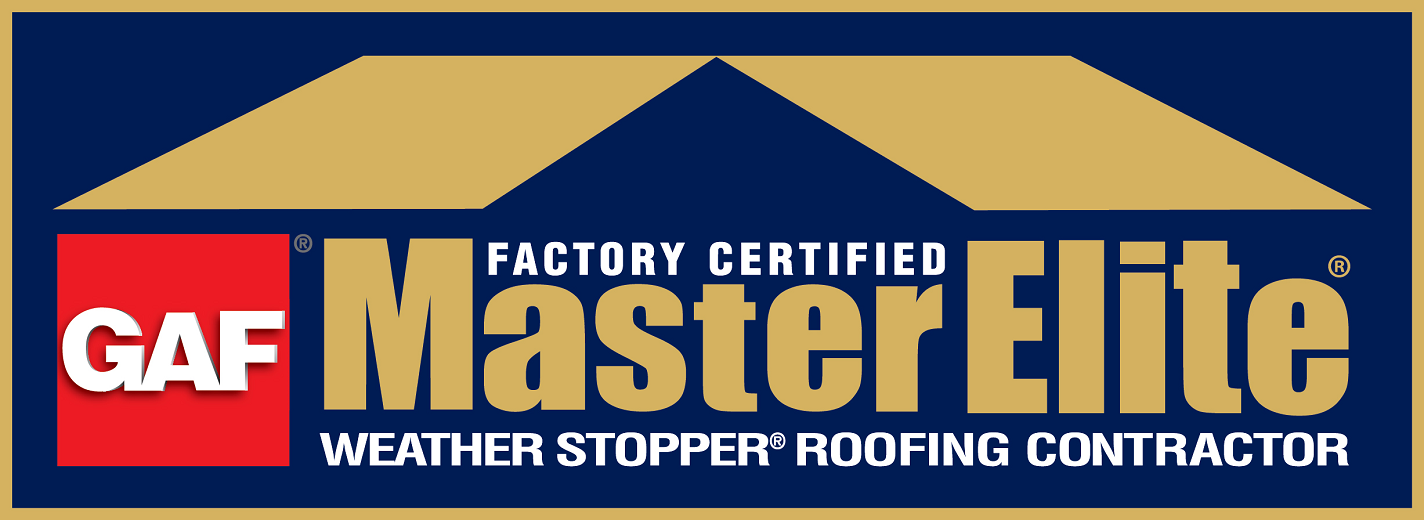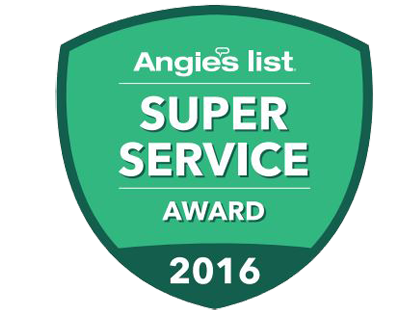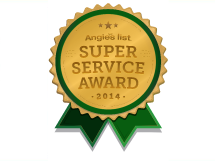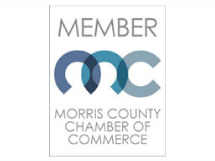
Whether you’re stuck on repairing or replacing, choosing between colors of shingles, or weighing the pros and cons of slate vs. asphalt shingles or PVC vs. TPO, MNT Roofing & Siding can help guide you towards the best roofing decision for your home or business. Having worked with families and companies in New Jersey since 2013, we know that replacing a roof is a major investment. Therefore, we take the time to speak with customers about their vision, budget, and concerns, ensuring that we deliver a quality final product in a timely and cost-effective manner. As GAF Factory-Certified Master Elite contractors, we offer our customers only the best products. Our commitment to quality and craftsmanship guarantees that you can rest assured that our work will protect you and your assets for years to come.
Residential
Asphalt shingles – Most commonly used on residential households due to its ease of installation and cost effectiveness. Asphalt shingles also boast a number of other benefits such as high wind resistance, variety of colors, an A fire rating and a variety different designer shingles to chose from.
Slate – Made of 100% natural stone, slate is known for its longevity, durability and curb appeal. Although not as cost friendly as asphalt shingles, slate can last up to five times longer than asphalt with the proper maintenance. Slate is also known to outlast some building structures.
Cedar Wood – Cedar is both eco friendly and energy efficient. It is entirely biodegradable and can insulate homes up to two times as much as asphalt shingles. Cedar also has very little expansion and contraction due to its low-density material
Tile – Tile roofing has a beautiful traditional Spanish and Mediterranean look to it. It is a great source of insulation and an even better source of protection, being able to withstand extreme weather conditions such as earthquakes and hurricanes.
Metal – Metal roofing is on the lighter side of all the roofing materials. It has a beautiful look to it and has many benefits. Metal roofing is resistant to rot, insects, mildew and fire. It is also is one of the best roofing systems for shedding of rain and snow. Because of the interlocking system metal roofing uses, it can last as long as the house.
Commercial
TPO – Thermoplastic Olefin is a singly ply roofing membrane composed of three layers: TPO polymer base, polyester-reinforced fabric center, and thermoplastic polyolefin compounded top ply. Although TPO is a relatively new option compared to EPDM and PVC, it has become a popular option because it is cost effective while also maintaining many of the same benefits as EPDM and PVC, such as being heat-resistance and heat-weldable. Because of its relative newness to the market, TPO manufacturers are still consistently updating and improving this product to prevent common issues with this material such as shrinking, splitting and deterioration from exposure to high heat.
EPDM- More commonly known as rubber roofing, EPDM (Ethylene Propylene Diene Monomer) is a flexible roofing membrane that is primarily black, although manufacturers have more recently begun offering a less durable ‘white-on-black’ EPDM option. Having been in use since the 1970s (compared to only the 1990s for TPO), EPDM is a proven long-lasting solution that stands up well to rain, snow, UV rays, abrasions, and temperature fluctuations.
PVC- Polyvinyl Chloride roofing membrane was originally introduced to the market as a higher quality, but higher cost, competitor to EPDM. The main upside of PVC is that it is a thermoplastic covering. This material can change from a solid to a semi-solid when heated, which allows the individual sheets to be melted together, forming an 85% seamless covering. In the absence of seams, roofs are less prone to leaking, shrinking and splitting. While more expensive than TPO, PVC is currently comparable in price to EPDM.
Roof Coating System – Roof coating is a great option for installation on clean decking as well as going over existing flat roofs (depending on the condition). We have listed the three main options for liquid applied coating roof systems:
Silicone – Silicone is moisture cured and weathers better then other roof coating system. It is great for ponding water situations and in most cases does not need primer for application.
Acrylic – A highly reflective water-based coating system that is cost effective and easy to work with.
Polyurethane – Great option due to its two-application system. Polyurethane roof coating maintains its color, stays clean, holds well with excessive walking on the roof, combats ponding water, and holds its UV reflectiveness.










